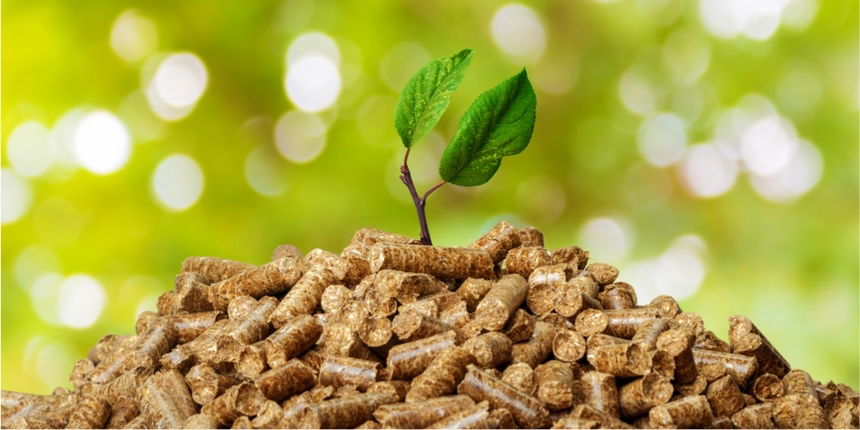Turning plants, wood and waste to energy

Image adapted from https://www.ecclesiastical.com/risk-management/biomass/
Having read our previous posts on renewable energy, you will be aware that people are pretty good at harnessing energy from sources such as the sun, wind and water, but...
Did you know that we can also generate energy from living or once-living organisms, such as plants and animals? These energy sources are called biomass feedstocks and most common examples include plants, wood and waste. In fact, if you have ever sat by a campfire or a fireplace which involves burning wood, you witnessed biomass energy being generated!
Biomass is a source of renewable energy because it has trapped energy from the sun, e.g. plants do this by a process called photosynthesis and use sunlight to convert carbon dioxide and water to carbohydrates, which are complex chemical compounds. Carbohydrates can be burned, which leads to the release of carbon dioxide, water and the trapped energy = biomass energy. Animals absorb the energy trapped in carbohydrates by eating plants.
Biomass can also be converted to useful products, such as liquid fuels used to power cars and for heating. Ethanol generated from crops like corn and sugar cane is an example of a biofuel. Different biomass feedstocks are used for different purposes when it comes to biomass energy production and their applications vary depending on the climate, soil, geography and population. Some plants are grown specifically for energy use, e.g. corn which is used to produce liquid fuel. Landfill waste can be used to generate methane gas, which is used to make natural gas - a common source of energy (see our blog post on non-renewable energy).
Based on this, can you think of disadvantages of biomass energy? Do you think biomass is an infinite source of energy?
Why not learn more about biomass energy by watching the video below:
Let's generate our own biofuel! We will do this by using yeast to break down the sugar (carbohydrate) to ethanol (mixed with water). We will trap a by-product in the balloon. Can you think what this by-product is? Why is production of this by-product useful in assessing the success of the experiment?
What you will need:
- An empty plastic soda/water bottle (if happy to do control reactions, we will need to do additional two plastic bottles)
- White granulated sugar (3 tablespoons; 6 tablespoons if doing control reactions)
- Warm tap water (enough to fill half of the plastic bottle)
- One packet (or 1 tablespoon; 2 tablespoons if doing control reactions) of active dry yeast
- A balloon (3 balloons if doing control reactions)
- Measuring tape/ruler
- A plastic funnel
Intstructions:
1. Using the funnel, add 1 tablespoon of yeast and 3 tablespoons of sugar to the empty bottle.
2. Fill the bottle half full with warm tap water (the water should be very warm to touch but not so hot that it is painful or scalding) and replace the cap on the bottle tightly.
3. Shake the bottle to mix the yeast and sugar in the water.
4. If doing control reactions: use funnel to add 1 tablespoon of yeast to one of the additional bottles and 3 tablespoons of sugar to the second. Fill each bottle half full with warm tap water.
5. After the contents of the three bottles are thouroughly mixed, the bottle caps can be removed. Place a balloon over the open top of each bottle and observe what happens. Be patient!
6. What is happening with the control reactions?
Activity adapted from https://www.canr.msu.edu/uploads/236/65819/ScienceBlast/ScienceBlast-EnvironmentalScienceActivities-biofuel.pdf
Blog post by Weronika